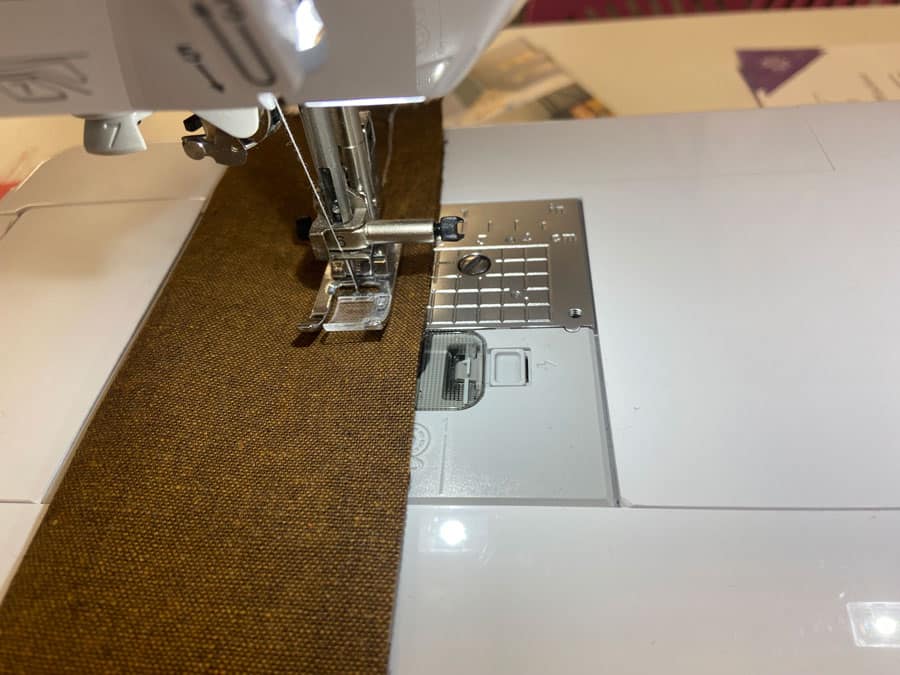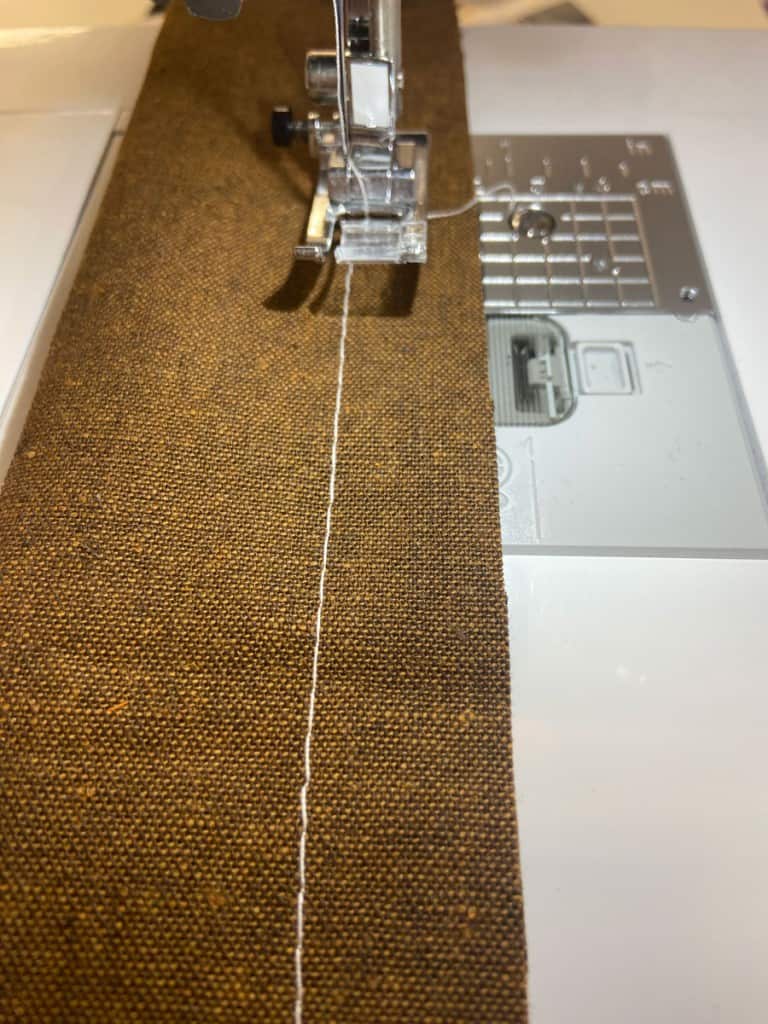What is a seam allowance?
In the world of sewing, there is one fundamental cornerstone.
The seam allowance is the extra fabric beyond the stitching line. When you stitch two fabric pieces together, you leave a margin between the lines of your stitching and the cut edge of the pattern that will be unseen in the finished garment. Its purpose is to ensure that your stitching remains secure and the fabric doesn’t unravel.

It also provides room for stitching, turning, and finishing the edges of a garment (more about getting a professional-looking finish in the next post). You can see why this is one of the most important elements in sewing.
Stitching: How to sew seams with the proper seam allowance
Different sewing projects and patterns call for varying seam allowances. They can range from ⅜ inch to ⅝ inch, and their selection is influenced by design preferences, construction techniques, and intended ease of fitting. They also allow room for adjustments and alterations, should the need arise.
Consult your pattern for the suggested seam allowance.
Stitching
When sewing seams, you’re essentially uniting fabric pieces, stitching them to create the shape of your garment. Usually, straight stitching involves a stitch length of around 2.5mm. This is your go-to length for securing seams that won’t be easily altered.
However, there’s a stitch variant called basting. This longer stitch, around 5mm long, acts as a temporary hold, keeping fabric in place before permanent stitching. Basting gives you a chance to try on your creation before making a commitment.


When you begin stitching and when you reach the end of a seam, remember to backstitch. This simple technique involves stitching back and forth a few times at the beginning and end of your seam. This prevents the threads from pulling out and helps keep your stitches in place. It’s a small step that ensures the longevity of your garment.
Working with knits
When working with knit fabrics, such as your favorite stretchy t-shirt material, the seam allowance tends to be smaller. This is because knits possess inherent stretch, and a smaller seam allowance – typically around ¼ inch or ⅜ inch – accommodates the use of sergers or overlock machines in knit sewing. These machines create neat edges and prevent excessive bulk while retaining the fabric’s elasticity.
Secure your stitches
Understanding the significance of seam allowances, choosing the right stitch length, and securing your seams with backstitching ensures your stitches stay where they’re supposed to, contributing to the longevity and comfort of your finished garment.
So, as you set forth on your sewing project, remember to follow your pattern’s recommended seam allowances and stitch lengths, and be sure to backstitch!
Leave a Reply